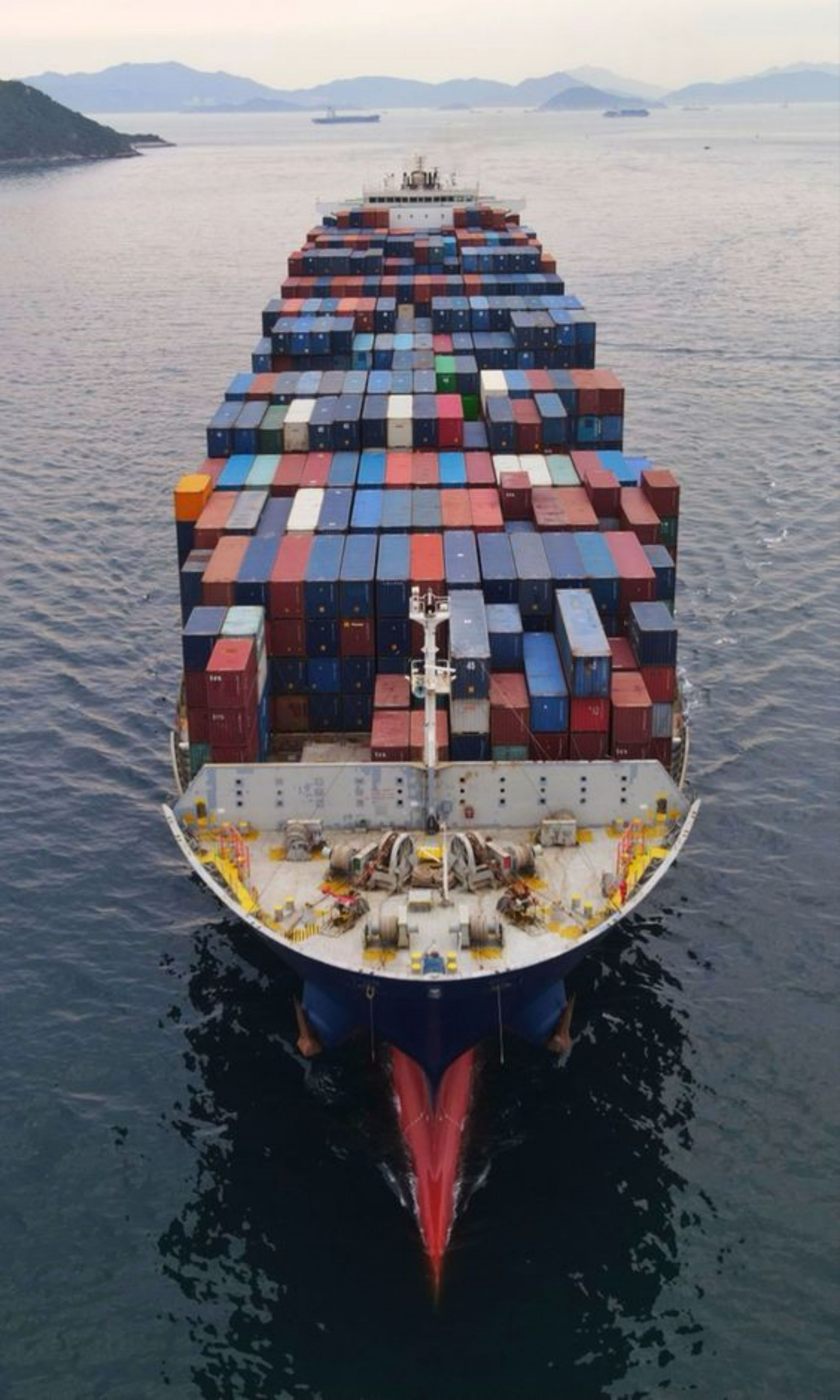Navigating China-Argentina shipping? Understanding Incoterms clarifies responsibilities. Here’s a guide on How to understand Incoterms for China-Argentina shipping effectively.
1. Know the Basics of Incoterms
- Global Standards: Incoterms are internationally recognized rules defining buyer-seller obligations.
- 2020 Edition: Familiarize with the latest version, crucial for accurate contract drafting.
2. Common Incoterms for China-Argentina Routes
FCA (Free Carrier)
- Responsibility Split: Sellers deliver goods to a named location (e.g., Chinese warehouse). Buyers handle o
nwad transport and customs.
- Ideal For: Door-to-door services and containerized cargo.
CIF (Cost, Insurance and Freight)
- Seller’s Role: Covers costs to Argentine port, plus insurance. Buyer manages import clearance.
- Risk Transfer: Shifts to buyer when goods are loaded on the ship.
DAP (Delivered at Place)
- Full Service: Seller delivers goods to an agreed location in Argentina, handling transport and risks.
- Cost Clarity: Buyers know total landed costs upfront.
3. Consider Cargo and Logistics
- Transport Mode: Match Incoterms to chosen shipping (air/sea). E.g., FCA suits both, CIF favors sea freight.
- Customs Expertise: For complex terms like DDP, assess your ability to handle Argentine customs. China Top Freight can assist with customs nuances.
4. Review Contract Details
- Location Precision: Specify exact delivery points (e.g., “FCA Shanghai Port”).
- Exclusions: Clearly state what costs each party excludes (e.g., demurrage fees).
How to understand Incoterms for China-Argentina shipping empowers informed decisions. Use these insights to streamline your freight agreements.Utilize China Top Freight to help solve the problems you are facing. Contact us today to embark on your smooth transportation journey!


